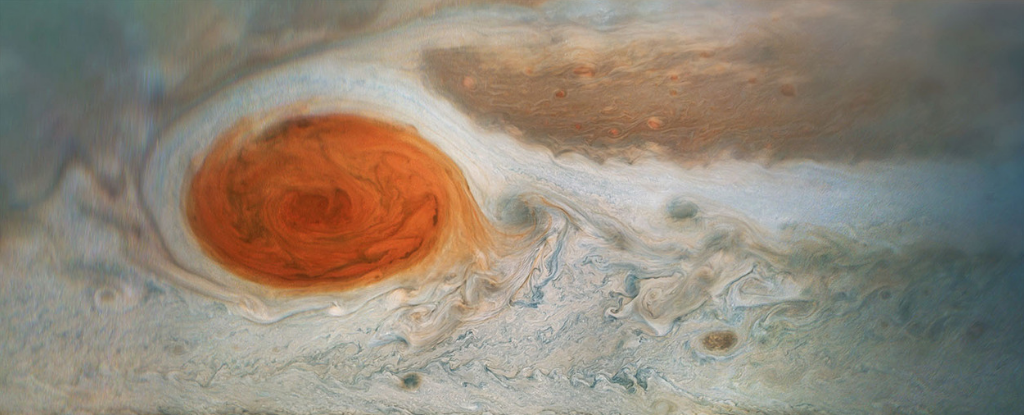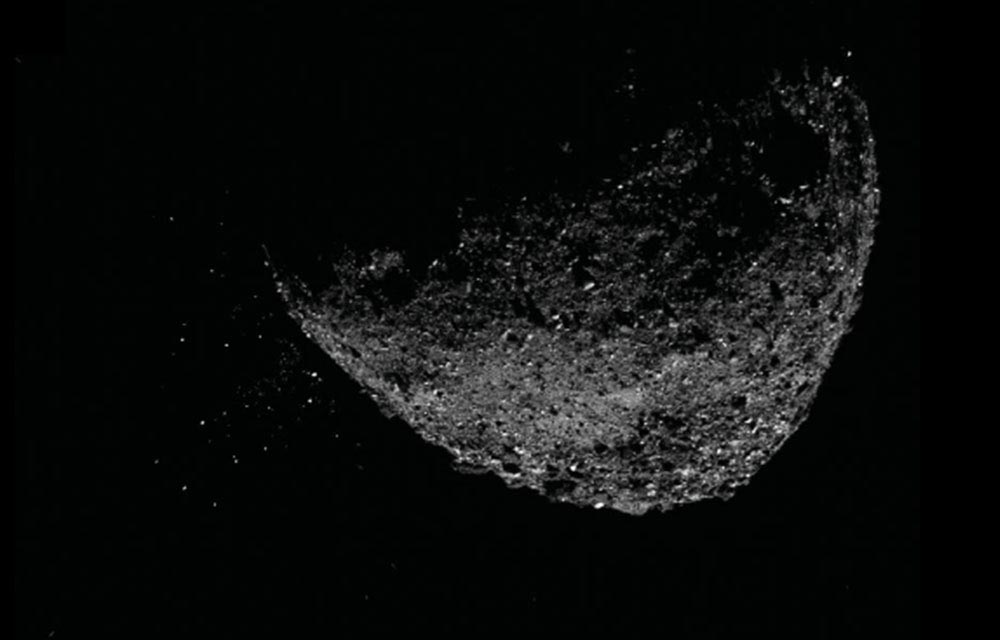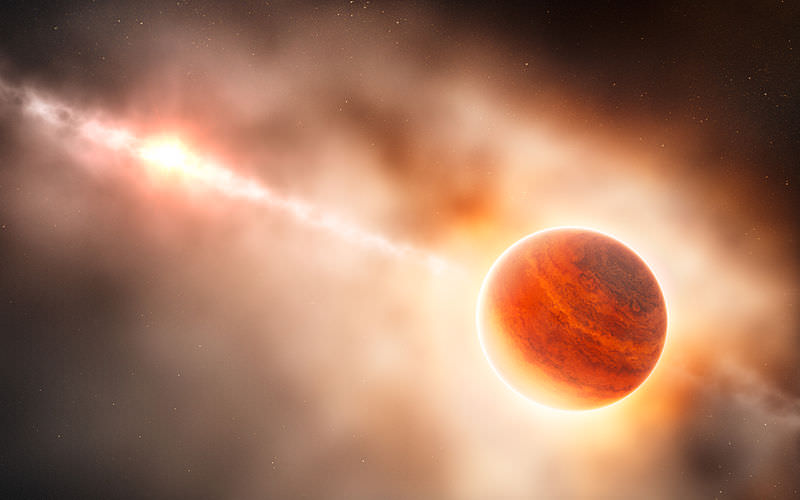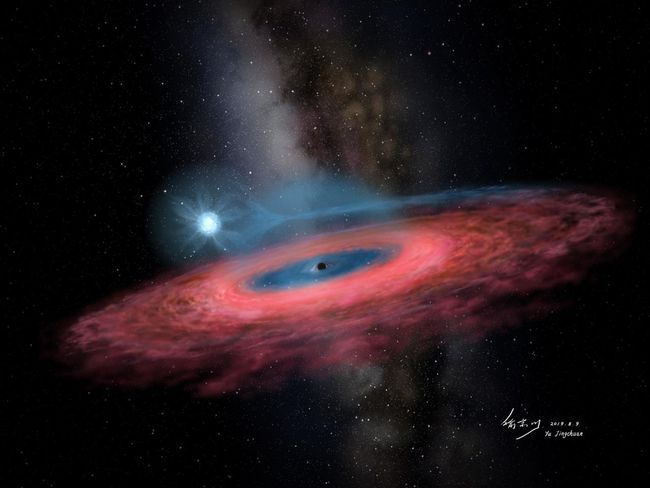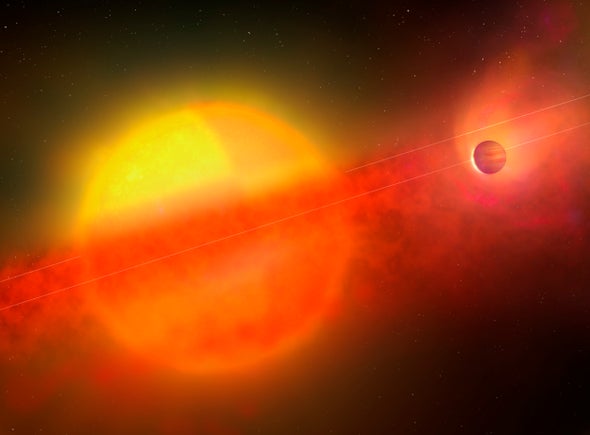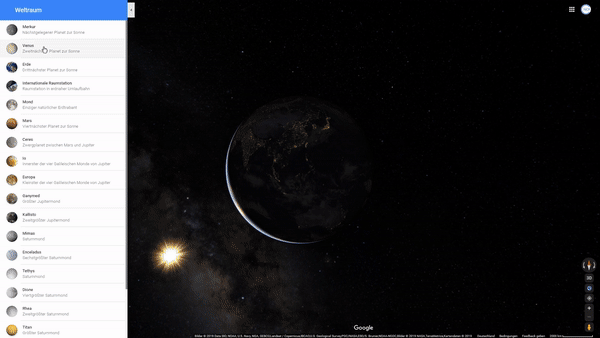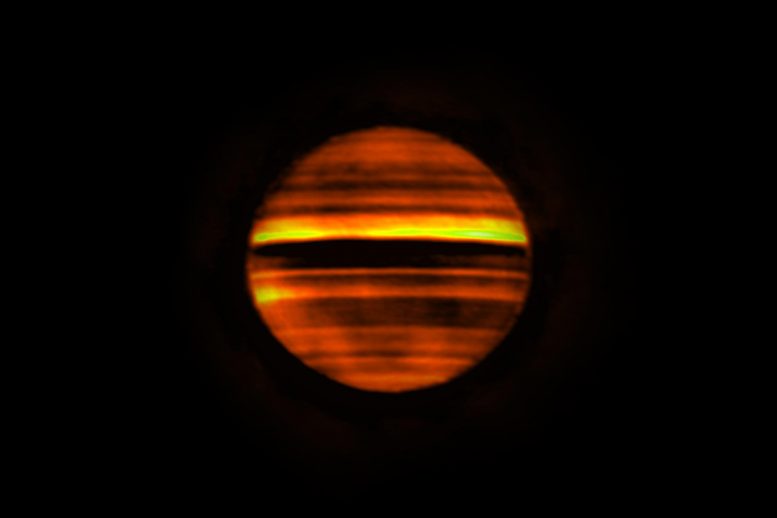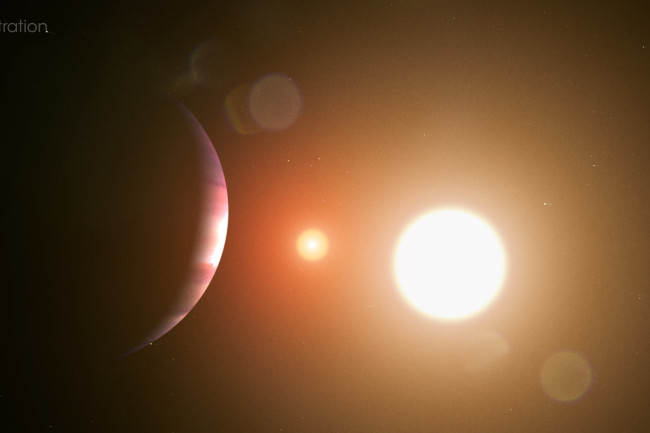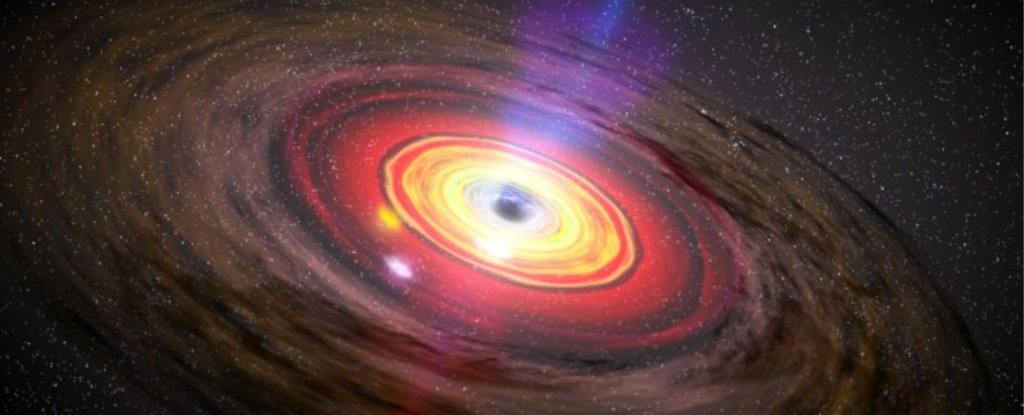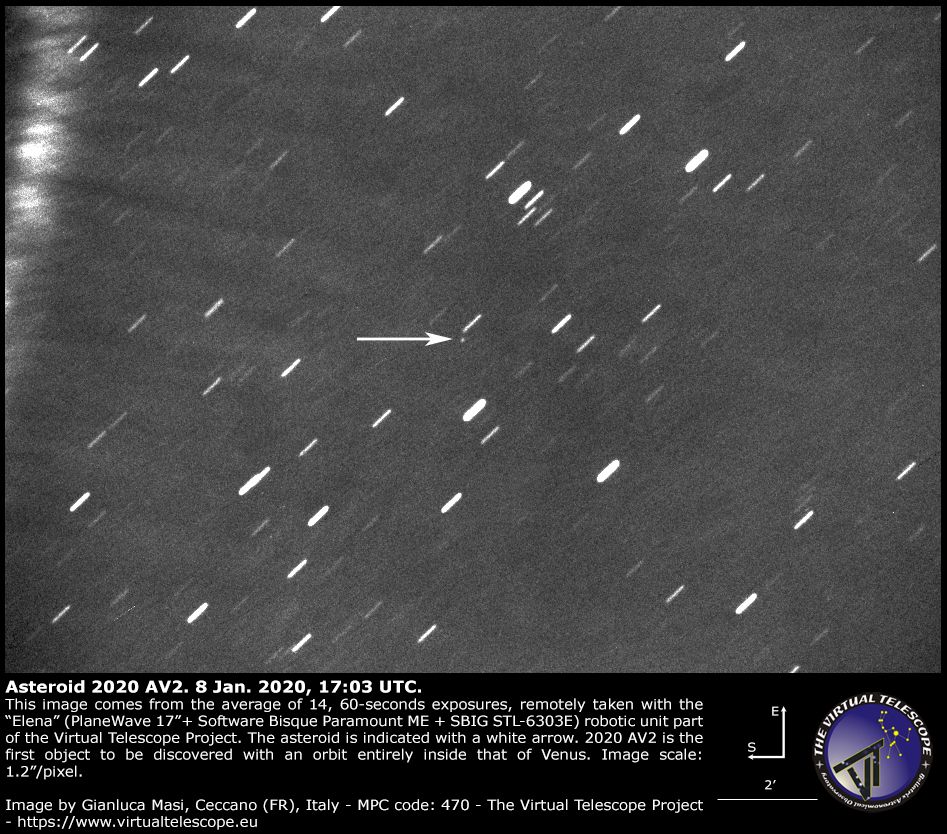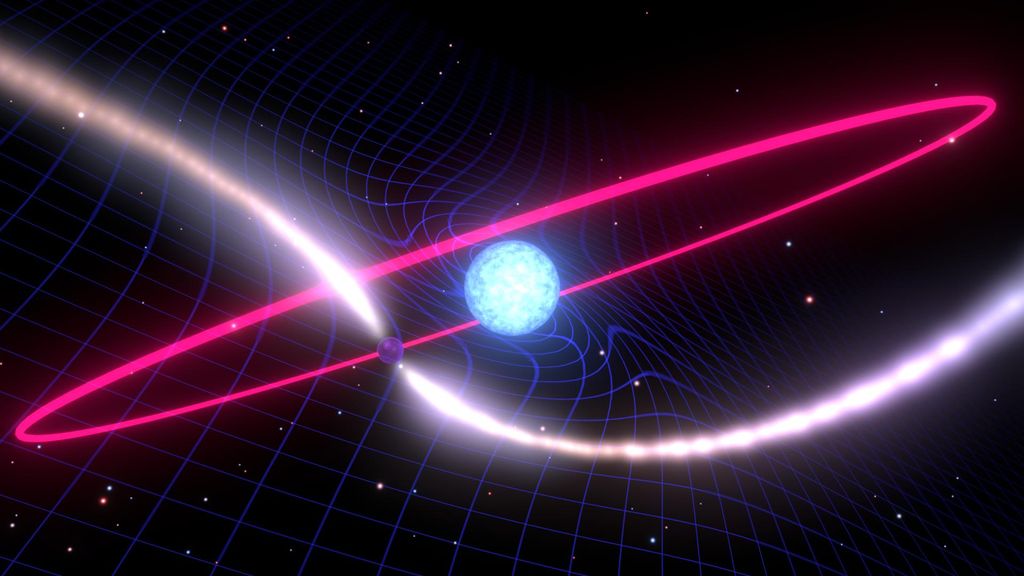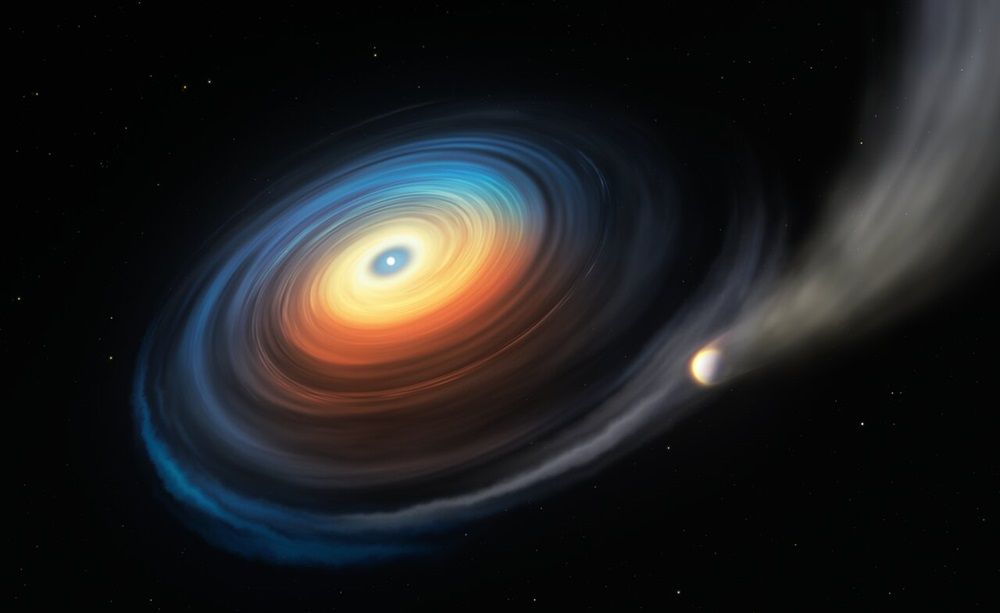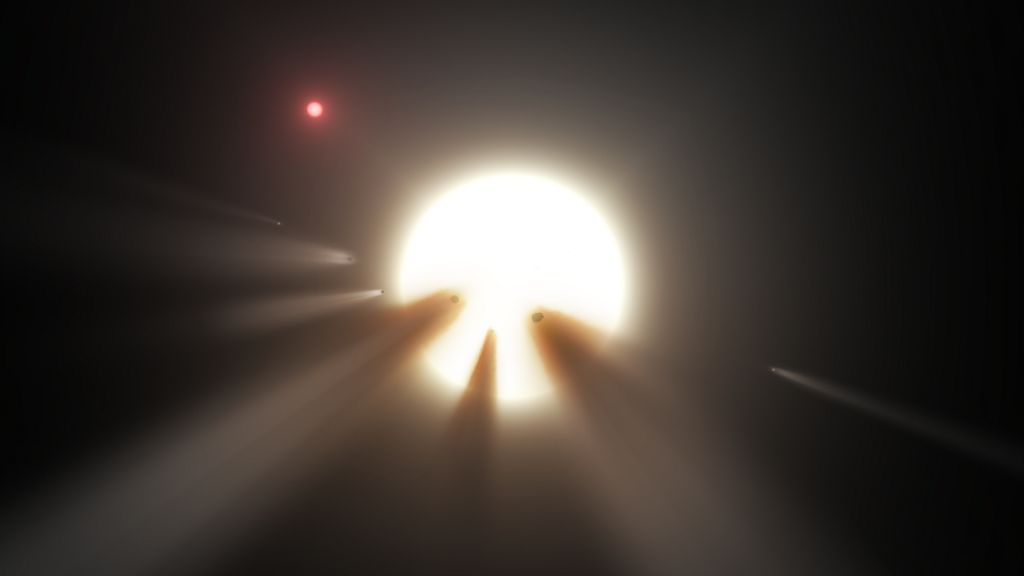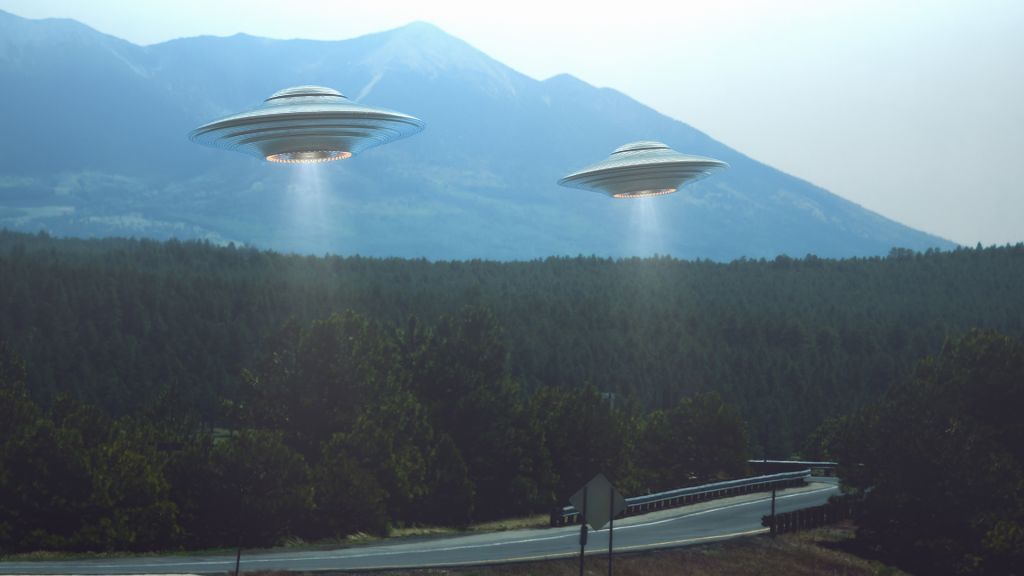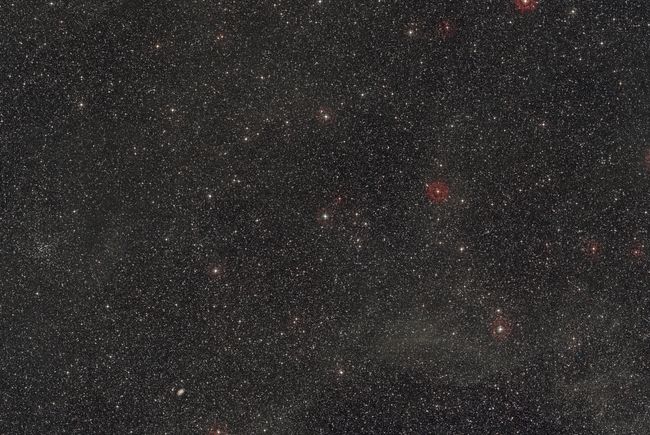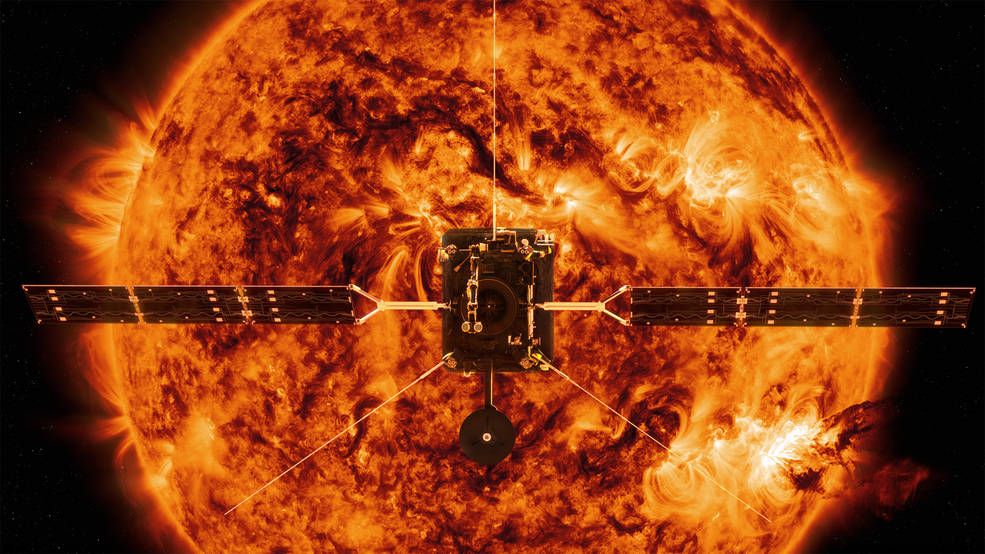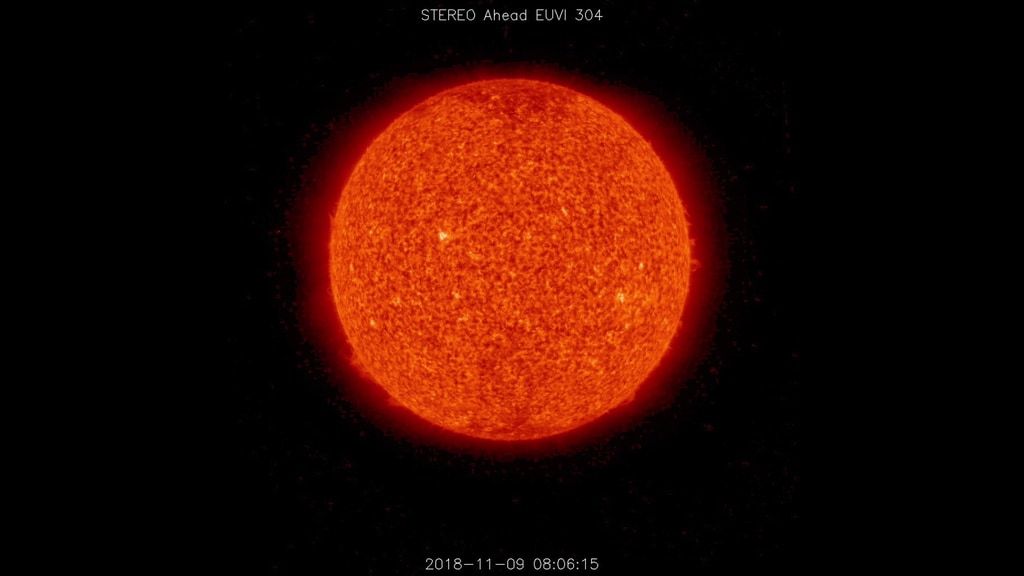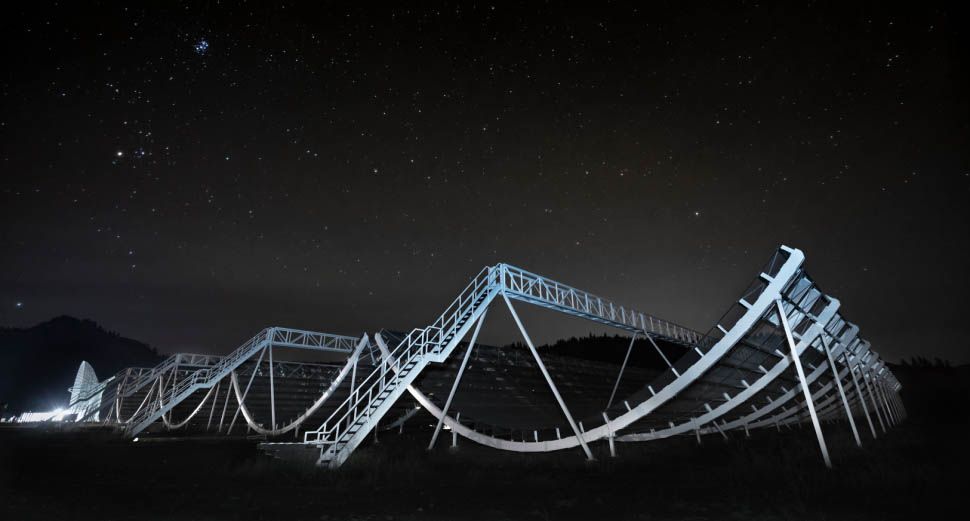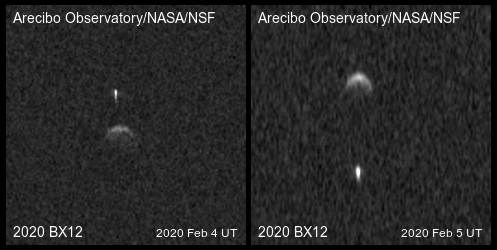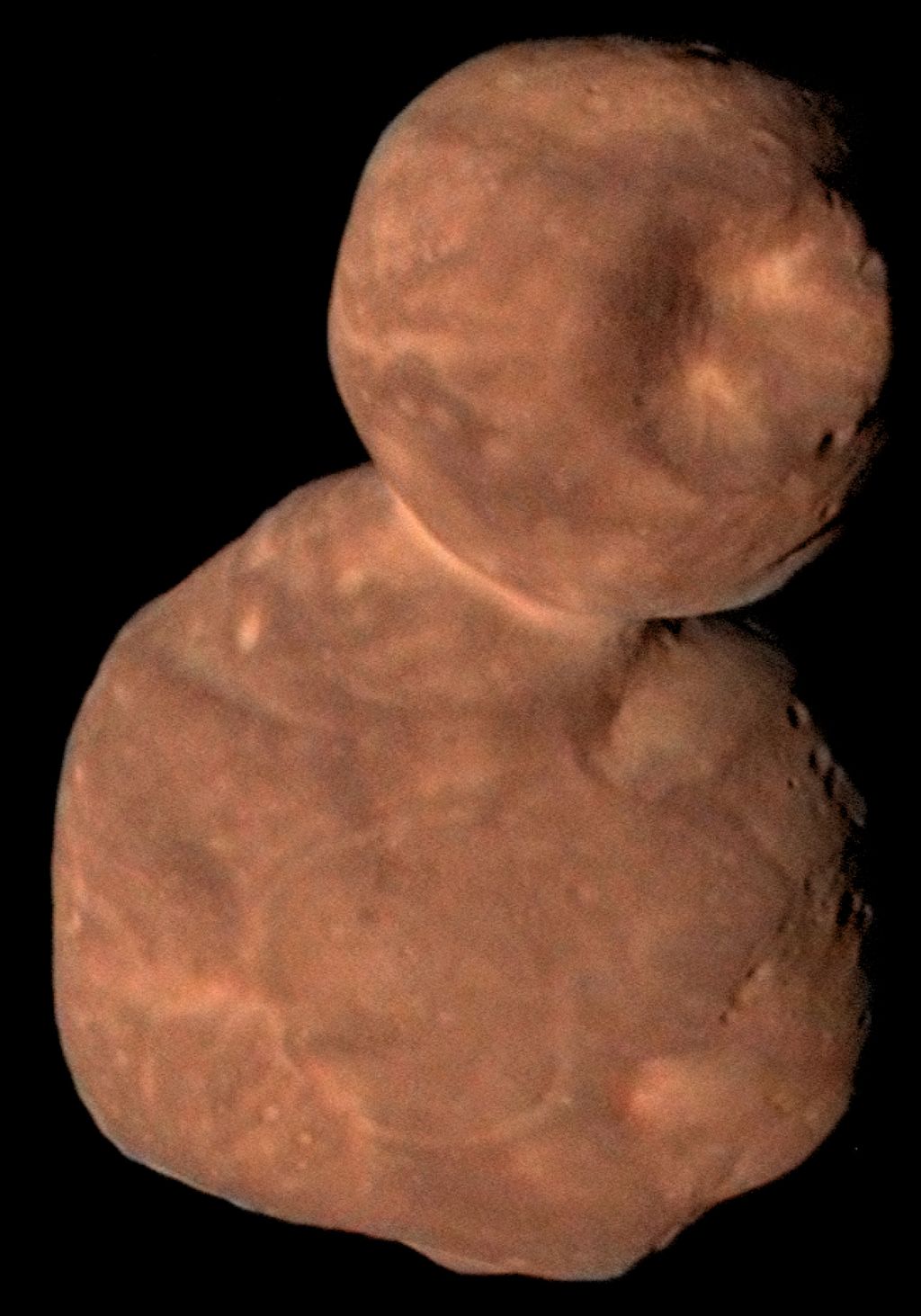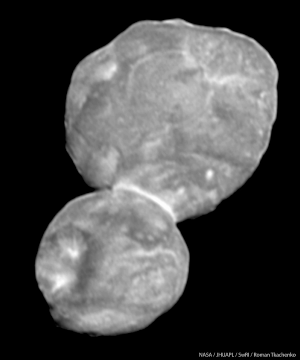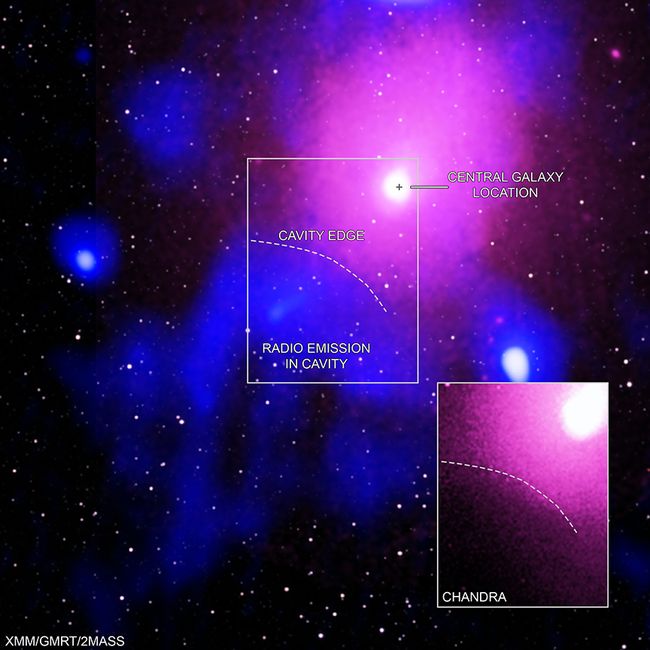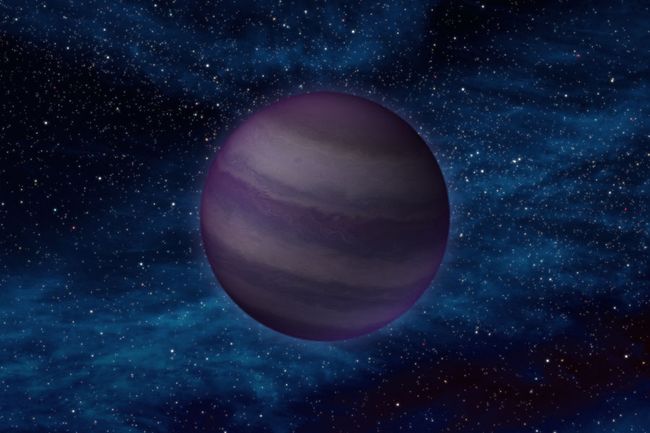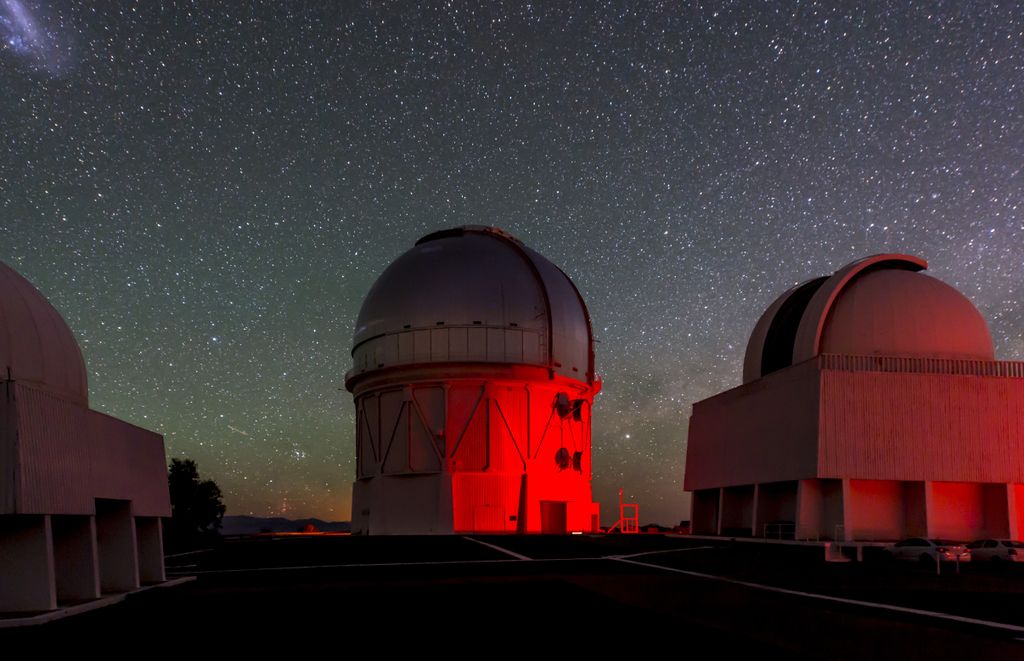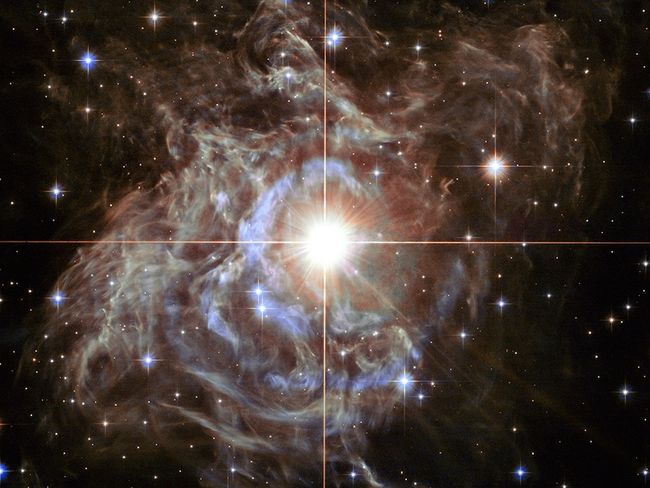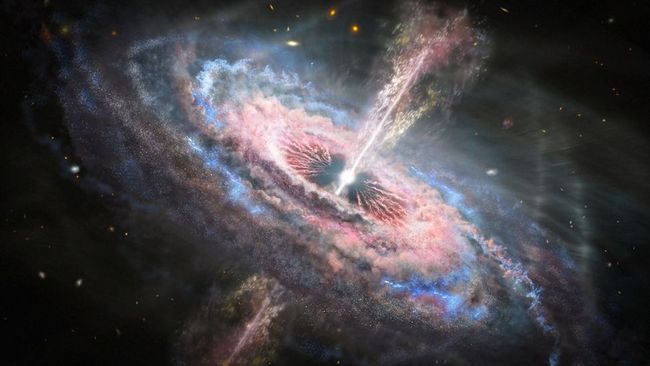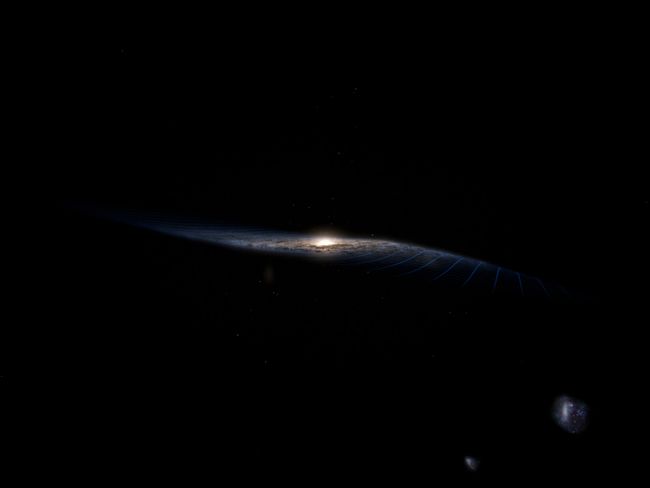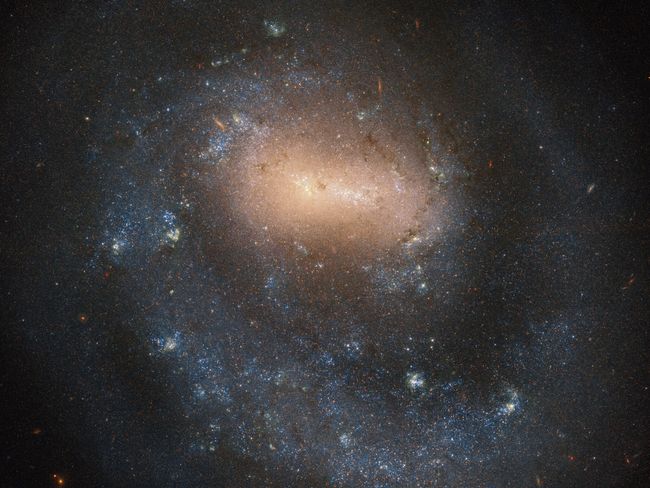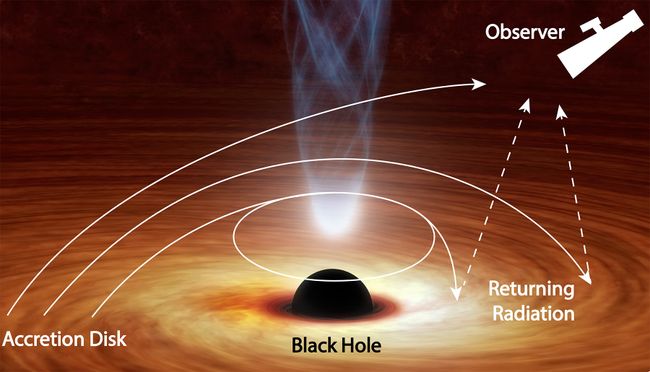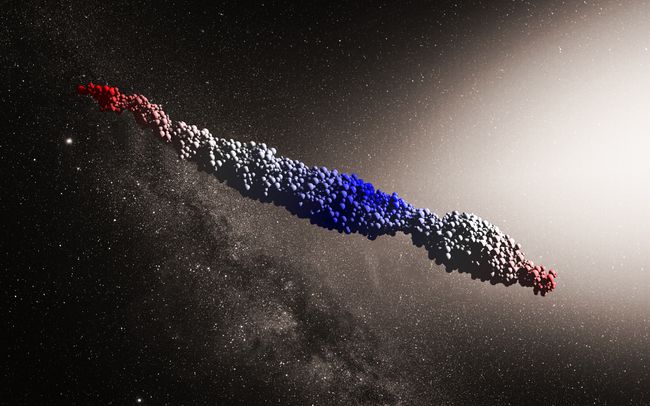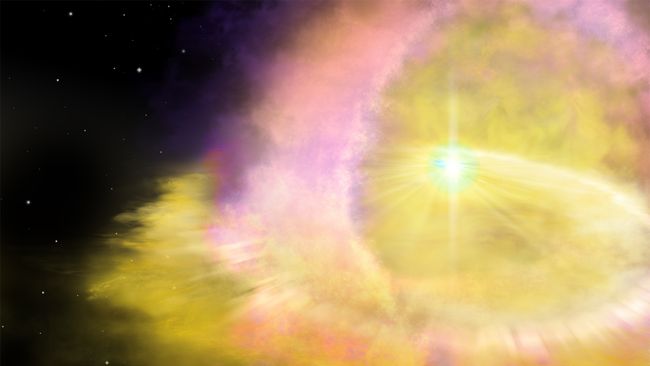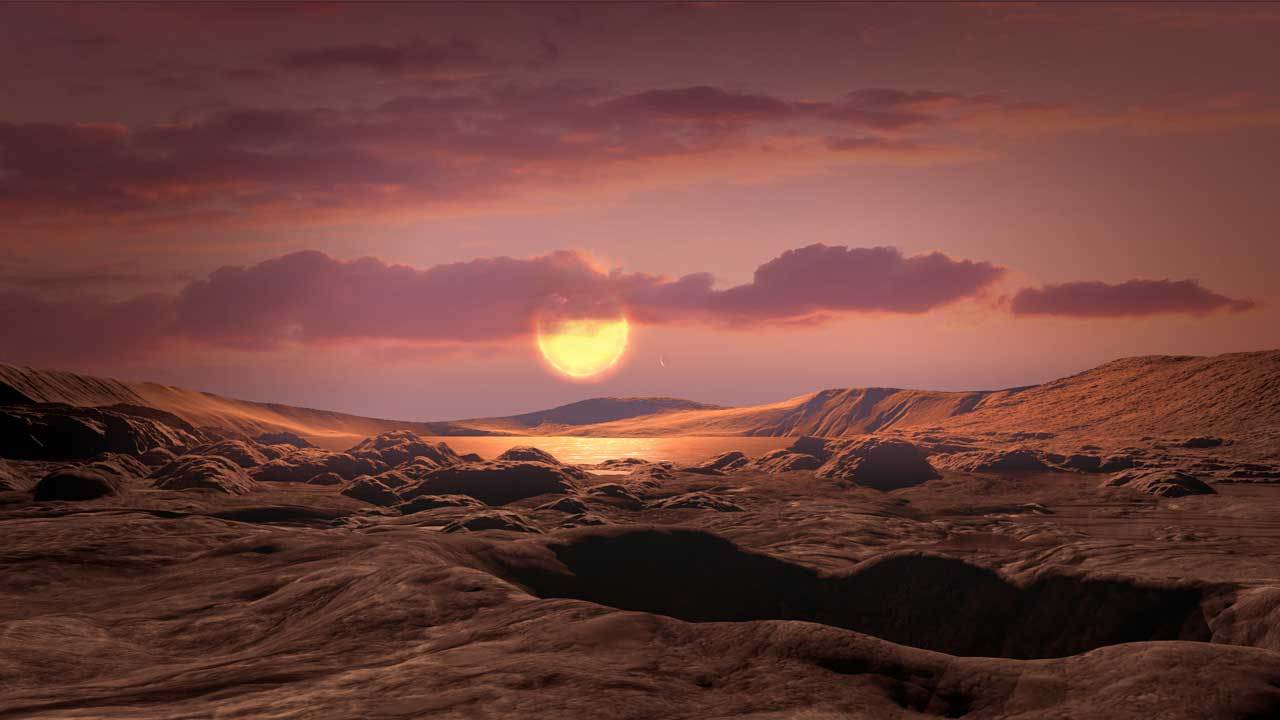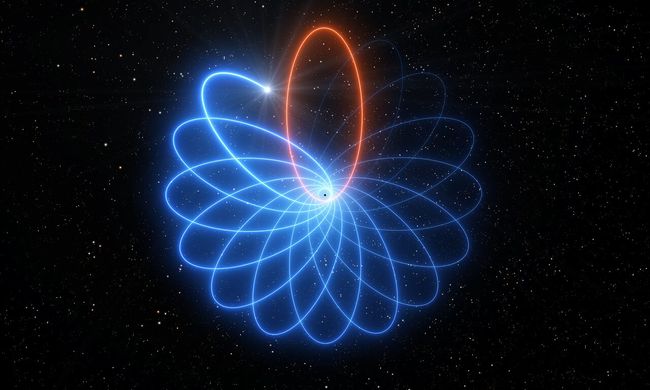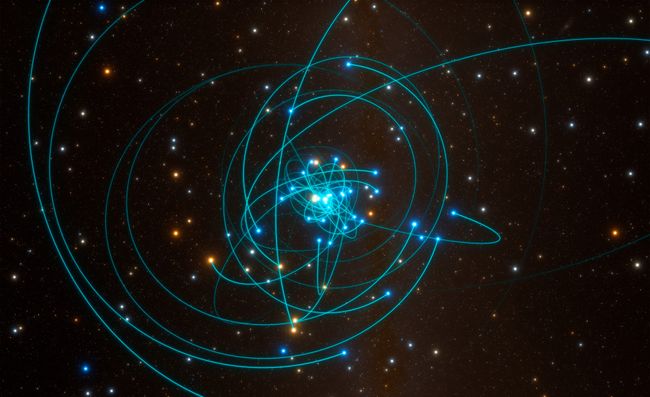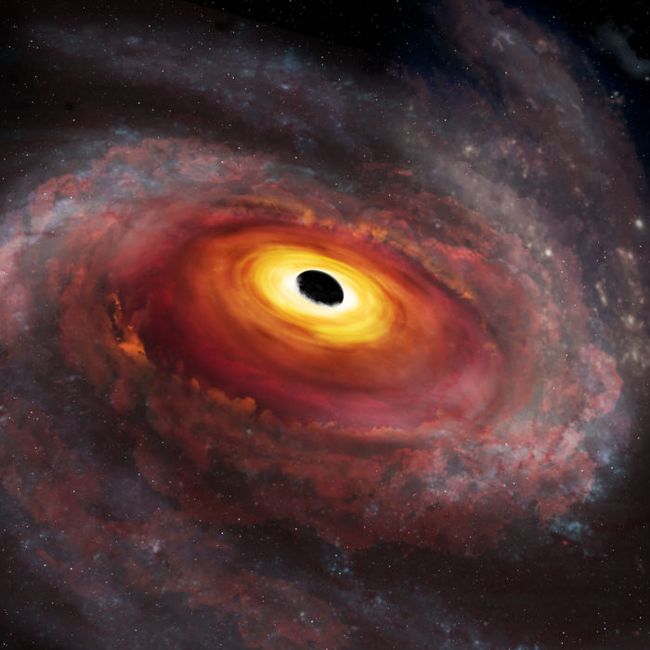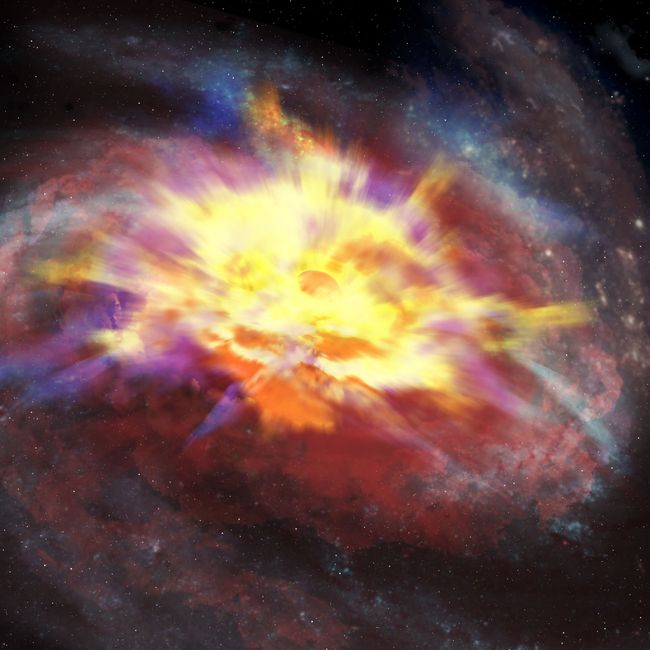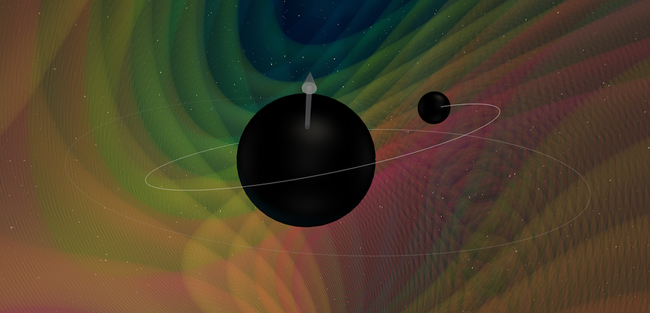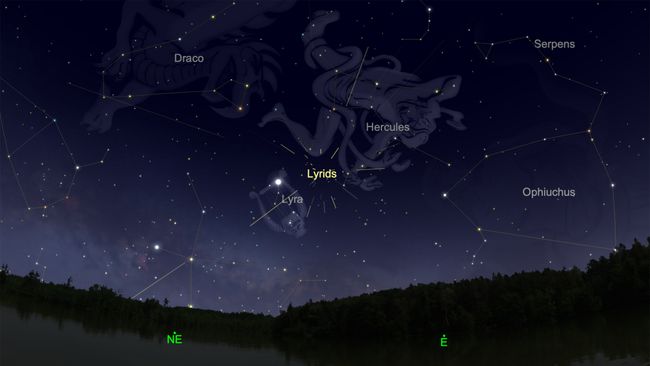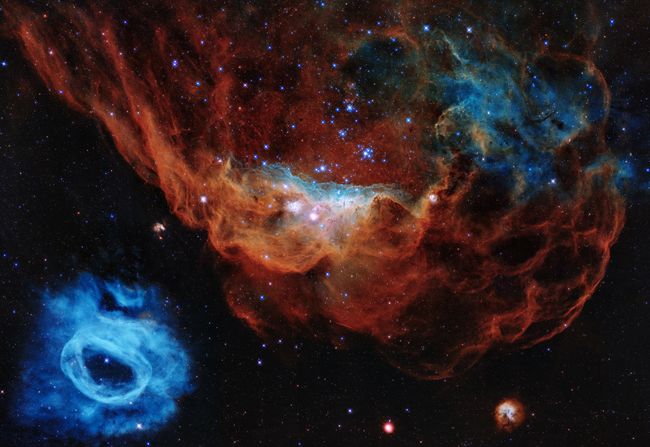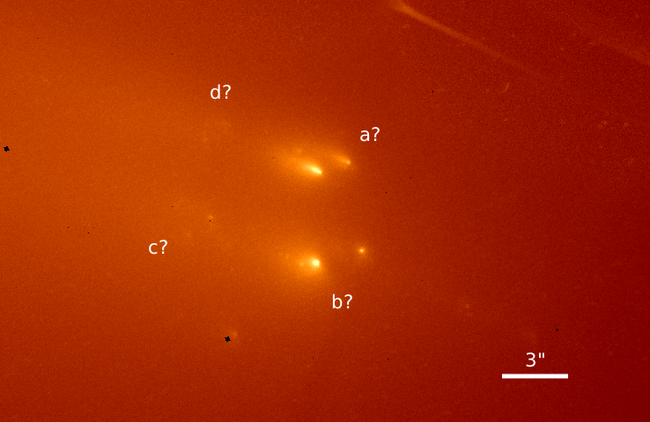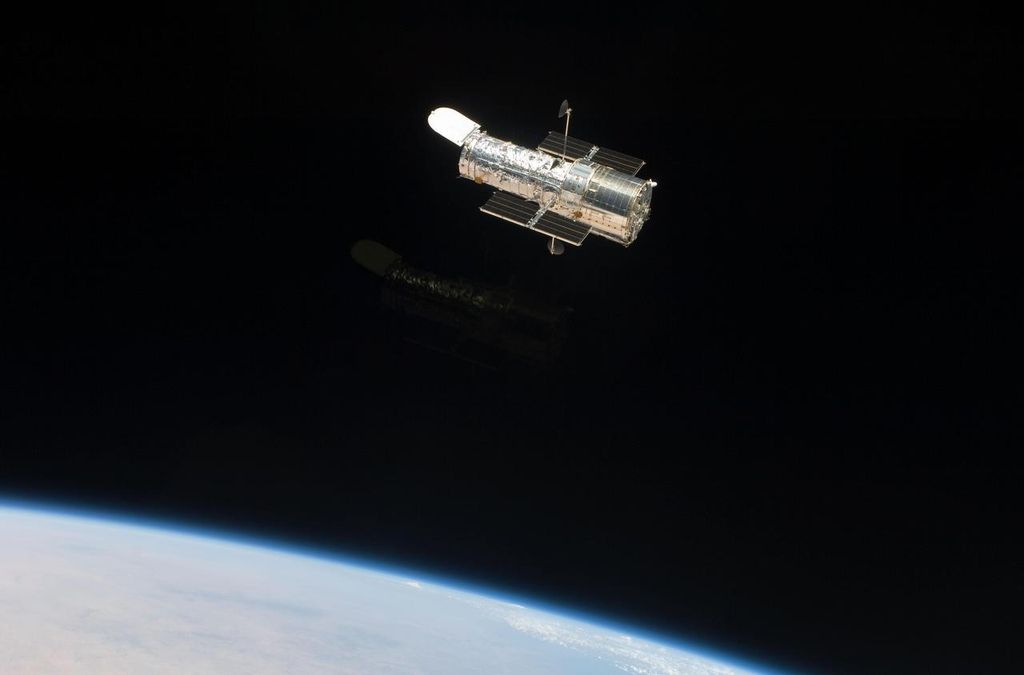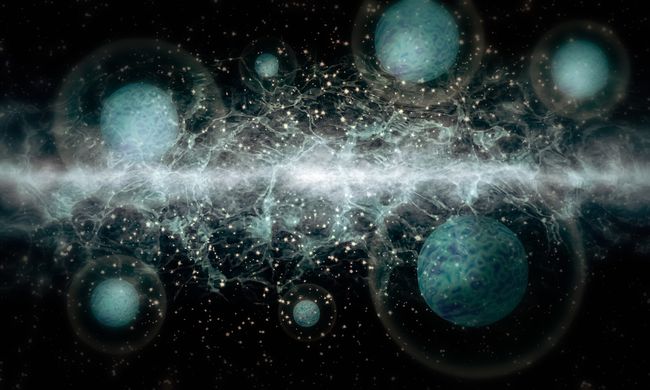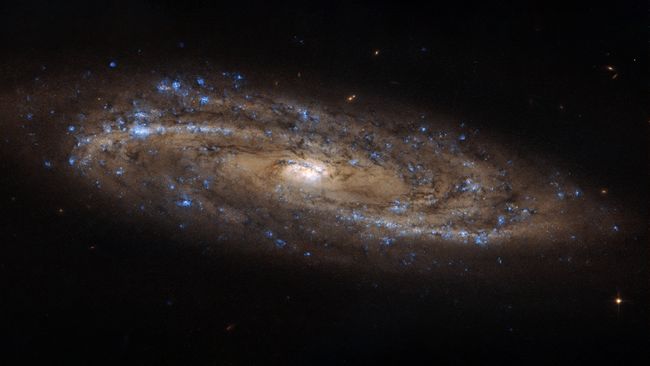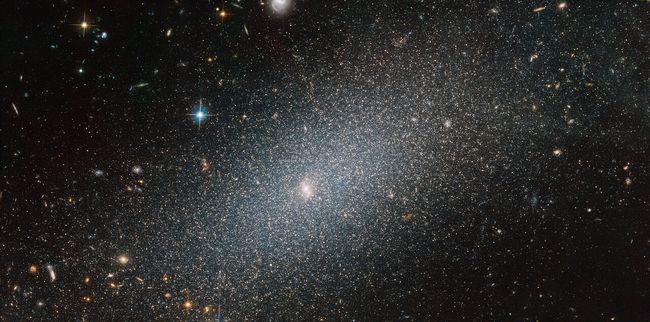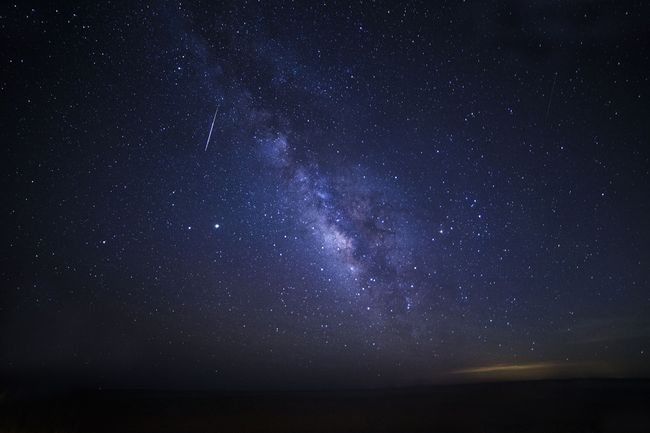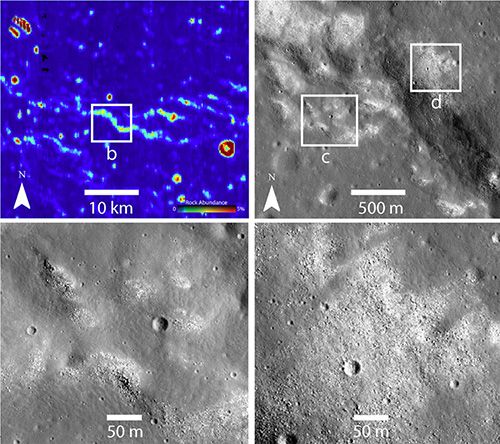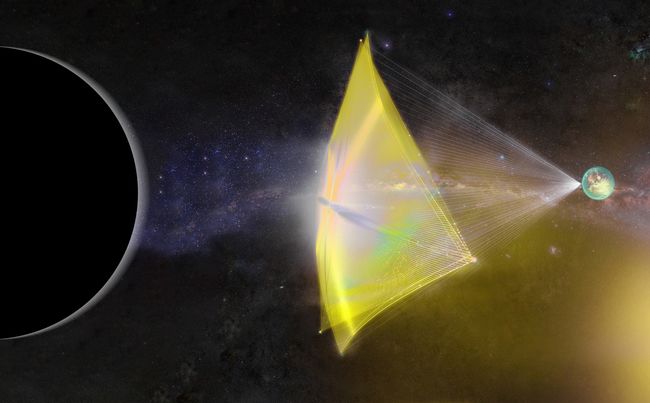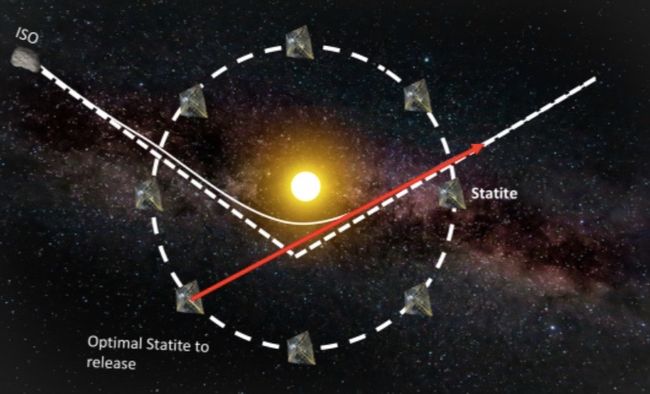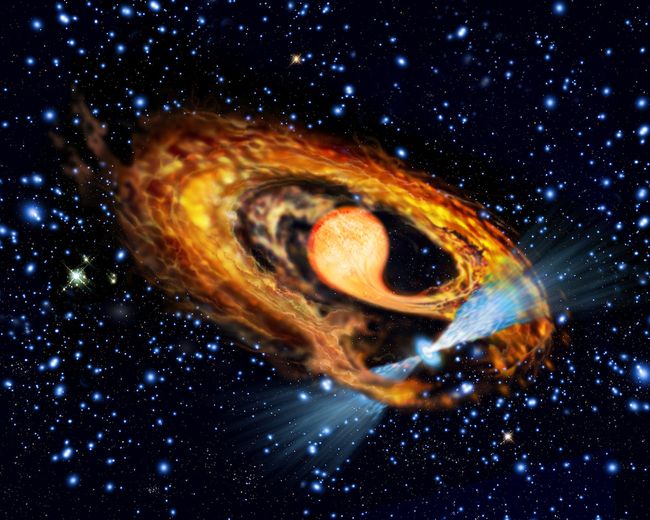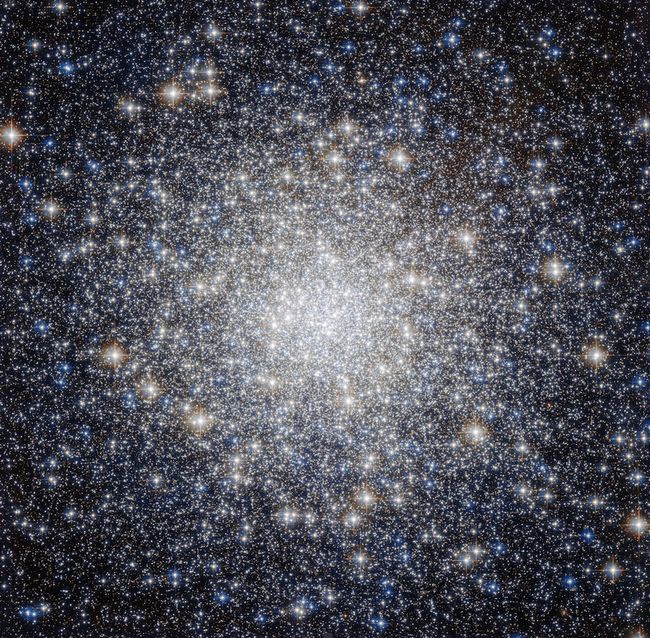The new results may end a longstanding debate.
A NASA probe’s epic encounter with a small body in the far outer solar system is telling us a lot about how planets are born.
On Jan. 1, 2019, the New Horizons spacecraft zoomed within just 2,200 miles (3,540 kilometers) of Arrokoth, a 22-mile-wide (36 kilometers) object in the Kuiper Belt, the ring of frigid bodies beyond Neptune’s orbit.
It was the most distant planetary flyby in the history of spaceflight. Arrokoth lies 4.1 billion miles (6.6 billion km) from Earth — about 1 billion miles (1.6 billion km) farther away than Pluto, which New Horizons cruised past in July 2015.
New Horizons found Arrokoth to be a suitably exotic denizen of this far-off realm, as the mission team reported last May in a study in the journal Science detailing the flyby’s initial science returns. The probe’s observations revealed a remarkably red object composed of two distinct lobes, both of which are surprisingly flattened. Arrokoth thus looks like a space snowman, albeit one that’s been beaten and bloodied.
That snowman shape indicates that Arrokoth formed via a merger of two separate objects, and that this coalescence happened very long ago, back when impact speeds in the outer solar system were quite low. (Collisions in the modern Kuiper Belt are too violent to produce an object with lobes as distinct and undamaged as Arrokoth’s, New Horizons team members have said.)
So, Arrokoth is a primordial body — a planetary building block, or planetesimal, left over from the solar system’s very early days. And each of its two lobes apparently came together in the same swirling, gravitationally collapsing cloud of dust and gas in the Kuiper Belt, far from the newborn sun, the researchers wrote in the May 2019 study.
That initial interpretation has stood the test of time, it turns out.
The mission team published three new Arrokoth papers online today (Feb. 13) in Science, reporting analyses of 10 times more flyby data than was at hand during the writing of last year’s study. (It takes a while for New Horizons to beam big datasets home.) The new studies largely confirm and extend the original conclusions about Arrokoth, and they nail down the distant object’s origin story.
“Arrokoth has told us how planetesimals form, and therefore made a major advance in our understanding of planet formation,” New Horizons Principal Investigator Alan Stern, a co-author of all three new studies, told Space.com. “It is very decisive.”
Two formation possibilities
Arrokoth’s “cloud collapse” birth was far from a given. There’s a prominent competing theory about planetesimal formation called “hierarchical accretion,” which posits that the planetary building blocks are built up over time by high-speed collisions of objects from various locales.
Hierarchical accretion is actually the more venerable idea, dating back 70 years or so, Stern said, whereas cloud collapse (also known as “pebble accretion”) was devised just at the beginning of this century.
There has been considerable debate between advocates of the two theories over the past two decades. But the three new papers show convincingly how Arrokoth was born, said Stern, who’s based at the Southwest Research Institute (SwRI) in Boulder, Colorado.
“With Arrokoth, there are half a dozen lines of evidence that all point to cloud collapse, and you can’t explain them with hierarchical accretion,” he said.
Perhaps the strongest such evidence is provided by the object’s shape. As discussed above, the relatively intact nature of the two lobes implies a very gentle collision, not a high-speed wreck.
In one of the new papers, researchers led by William McKinnon of Washington University in St. Louis performed detailed modeling of that long-ago merger. These simulations indicated that the two lobes likely formed from the same cloud of material, became a co-orbiting binary object and finally came together in a slow and non-destructive fashion. Indeed, the models peg the collision’s maximum speed at around 9 mph (15 km/h), and it may have been considerably less than that.
This scenario is further bolstered by the geometric alignment of Arrokoth’s two lobes, which strongly suggests that the duo orbited the same center of mass (when they were separate, free-flying objects), the scientists wrote.
Another of the new studies, led by SwRI’s John Spencer, digs into the geology and geophysics of Arrokoth, which also point to a cloud-collapse origin. For example, the density of craters on Arrokoth indicates that the object is ancient, with a surface at least 4 billion years old. And, like McKinnon and his team, Spencer et al. found a close alignment of the two lobes, whose poles and equators are geometrically in synch. (They also determined, among other interesting finds, that the lobes aren’t quite as flattened as originally believed.)
In the third paper, Will Grundy of Lowell Observatory and Northern Arizona University and his colleagues investigated Arrokoth’s composition. They found that the object (which was previously known officially as 2014 MU69, and unofficially as Ultima Thule) is cold and extremely red, with methanol ice and carbon-containing organic materials on its mostly homogeneous surface. These complex organics are probably responsible for the object’s red hue, the researchers wrote. (New Horizons didn’t spot any water ice, but this material may still be on Arrokoth, lurking out of sight.)
This overall picture is also consistent with a cloud-collapse birth, mission team members said. For instance, the compositional similarity of the two lobes suggests they formed from the same starter material.
Born from a cloud
Stern and his fellow New Horizons team members aren’t the only ones who find all this evidence convincing.
“To me, the observations of Arrokoth show that planetesimals form from collapsing clouds of pebbles,” Anders Johansen, an astronomy professor at Lund University in Sweden, told Space.com via email.
“The mechanism that gathers the pebbles into such clouds to begin with is called the streaming instability,” added Johansen, who was not involved in the three new studies. “It is amazing to see how Arrokoth resembles the planetesimals that we form in computer simulations of the streaming instability. So, I would say that these observations of Arrokoth provide a window to look into how planetesimals formed in the solar system more than 4.5 billion years ago.”
This window could let in a great deal of light, according to Stern. He cited as a comparison the vigorous debate about the universe’s origins that stretched from the 1940s through the mid-1960s. Some researchers argued for the “steady state” theory, others pushed the “constant creation” model and a third group backed the Big Bang, Stern said.
“They battled it out and battled it out and battled it out; nobody could tell who was right. And then, [Arno] Penzias and [Robert] Wilson stumbled onto the cosmic microwave background [in 1964] and settled it,” he said. “Two of the three went into the dustbin, and the Big Bang has been paradigm ever since. This is equivalent in planetary science.”
Johansen as well sees extension of the newly announced results beyond just Arrokoth’s birth.
“In the ‘pebble accretion’ theory, the formation of planets happens as the largest planetesimals continue to grow by accreting pebbles,” he said. “So, the fact that Arrokoth formed from a pebble cloud could mean that the solid cores of the giant planets — Jupiter, Saturn, Uranus and Neptune — formed from large planetesimals that continued to accrete pebbles. And maybe even the terrestrial planets in the solar system owe their existence to pebble accretion.”
There’s one notable caveat to such talk of broader applications: Arrokoth must be representative of most if not all planetesimals, and not some one-off weirdo. But this condition is likely to be met. After all, Arrokoth is similar to other Kuiper Belt objects in size, color and reflectivity, Stern said. And the odds are slim that New Horizons would randomly sample an atypical cosmic body.
Still going strong
New Horizons launched in January 2006 to give humanity its first up-close looks at Pluto, which had remained mysterious since its 1930 discovery. The probe aced that primary mission, returning imagery of the dwarf planet that revealed it to be a stunningly complex and diverse world.
The Arrokoth encounter is the centerpiece of New Horizons’ current extended mission, which runs through 2021. But the probe may well have another flyby in its future.
New Horizons remains in great shape and has sufficient fuel to conduct another encounter, if the right object is found (and NASA approves another mission extension), Stern said. And, this summer, the mission team will begin a concerted search for potential future flyby targets, using the Subaru telescope in Hawaii and the Magellan and Gemini South telescopes in Chile.
There’s no guarantee that this search will be successful, Stern stressed.
“It took us four years to find Arrokoth, so I’m not promising anything,” he said. “But if you don’t swing the bat, you can’t hit the ball.”



